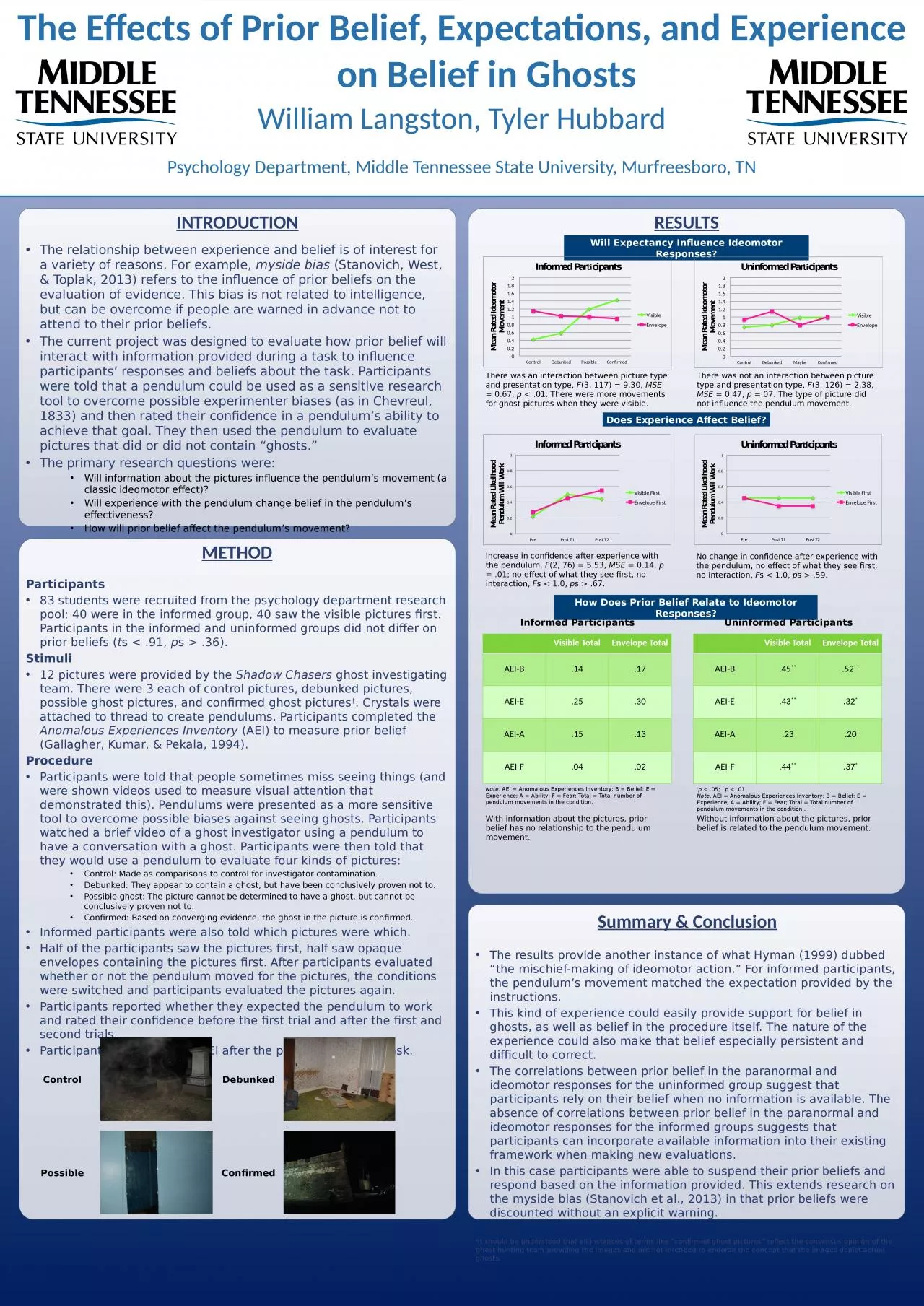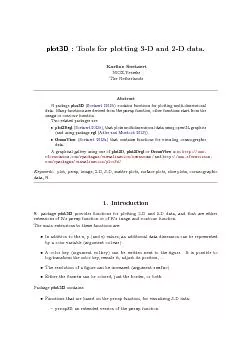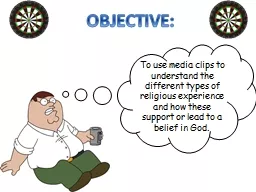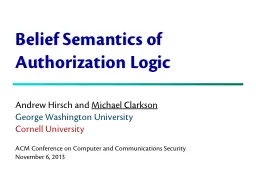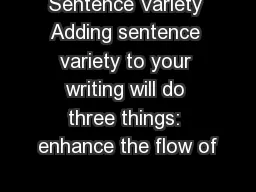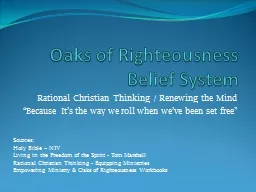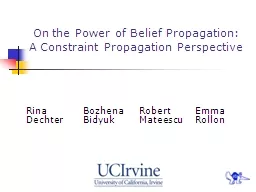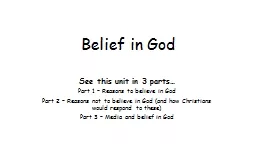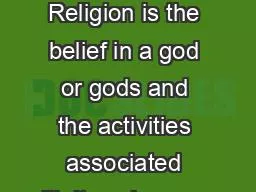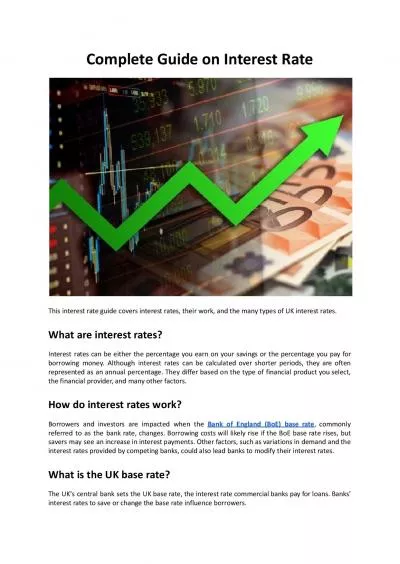PPT-The relationship between experience and belief is of interest for a variety of reasons.
Author : grace3 | Published Date : 2022-06-21
m yside bias Stanovich West amp Toplak 2013 refers to the influence of prior beliefs on the evaluation of evidence This bias is not related to intelligence but
Presentation Embed Code
Download Presentation
Download Presentation The PPT/PDF document "The relationship between experience and ..." is the property of its rightful owner. Permission is granted to download and print the materials on this website for personal, non-commercial use only, and to display it on your personal computer provided you do not modify the materials and that you retain all copyright notices contained in the materials. By downloading content from our website, you accept the terms of this agreement.
The relationship between experience and belief is of interest for a variety of reasons.: Transcript
Download Rules Of Document
"The relationship between experience and belief is of interest for a variety of reasons."The content belongs to its owner. You may download and print it for personal use, without modification, and keep all copyright notices. By downloading, you agree to these terms.
Related Documents

